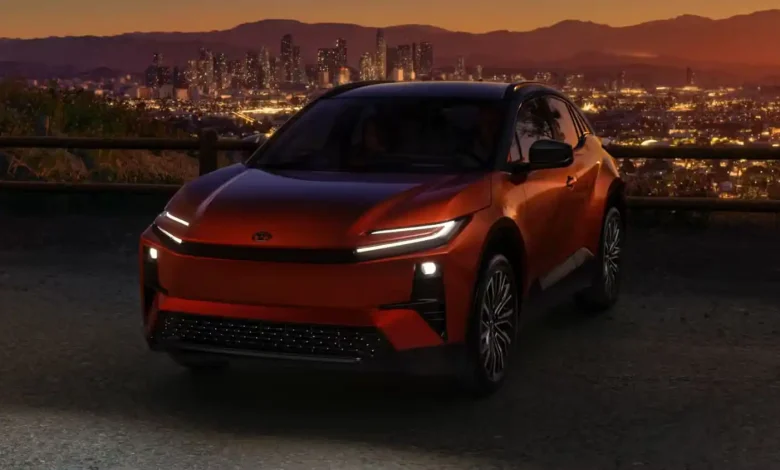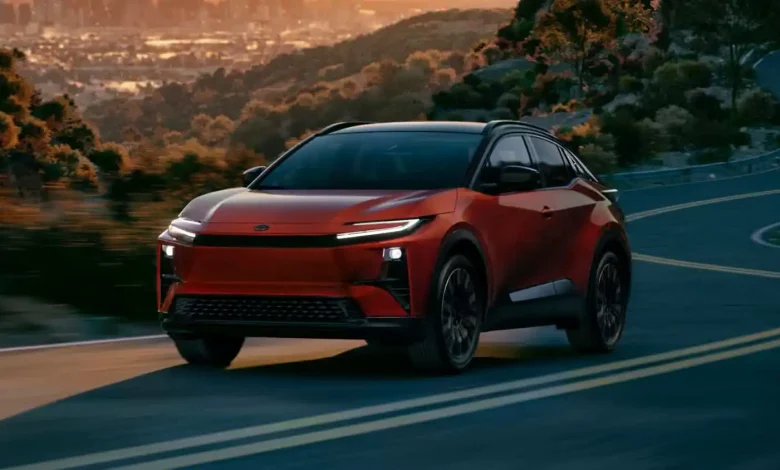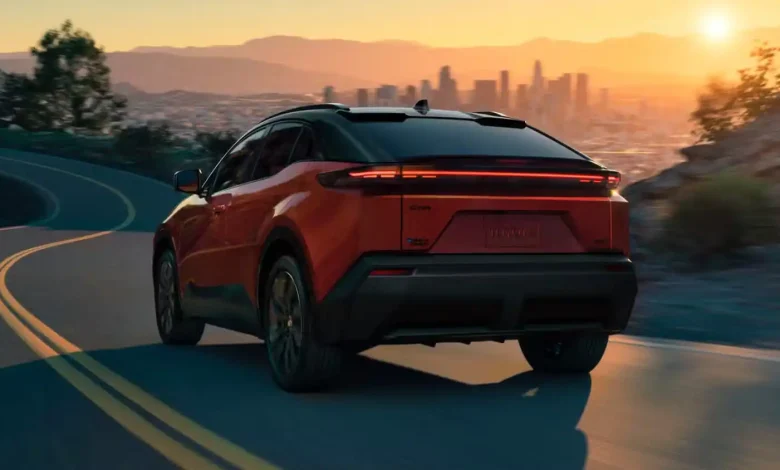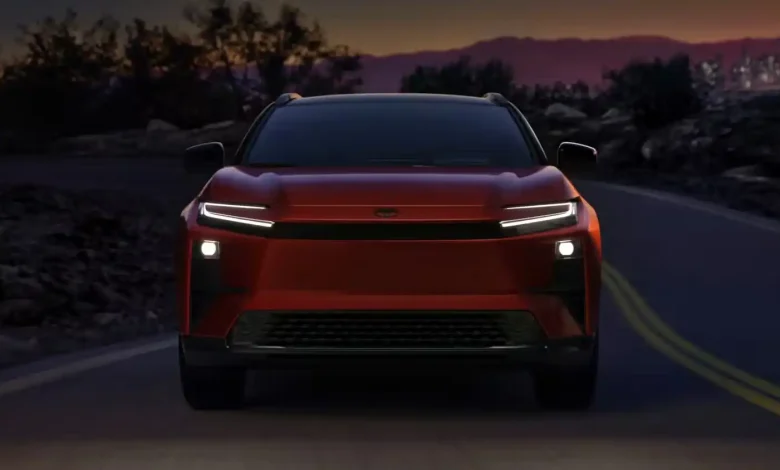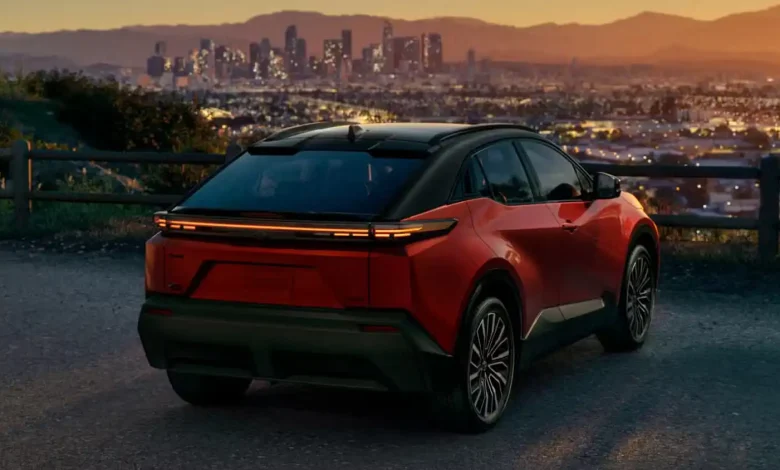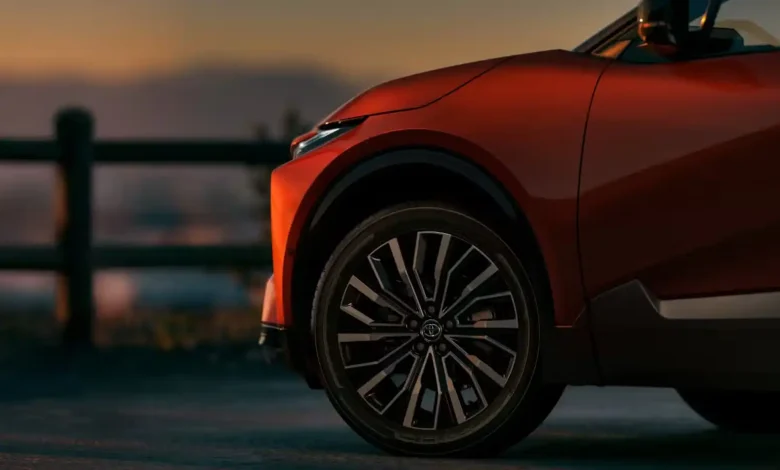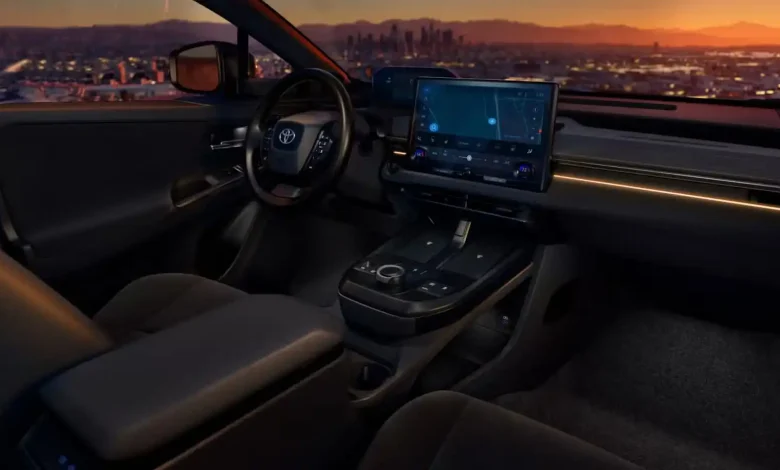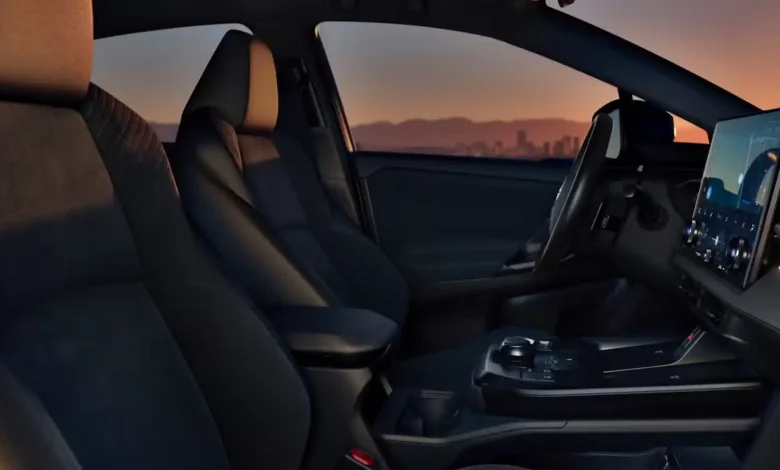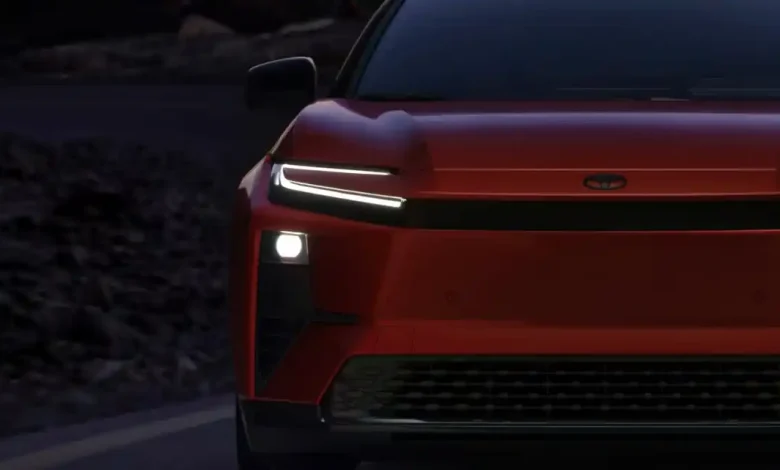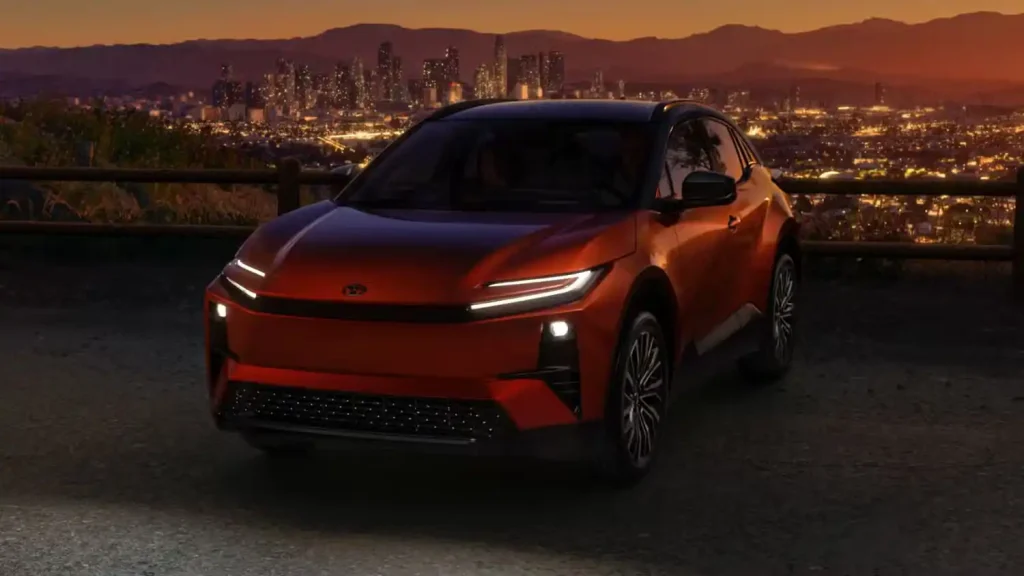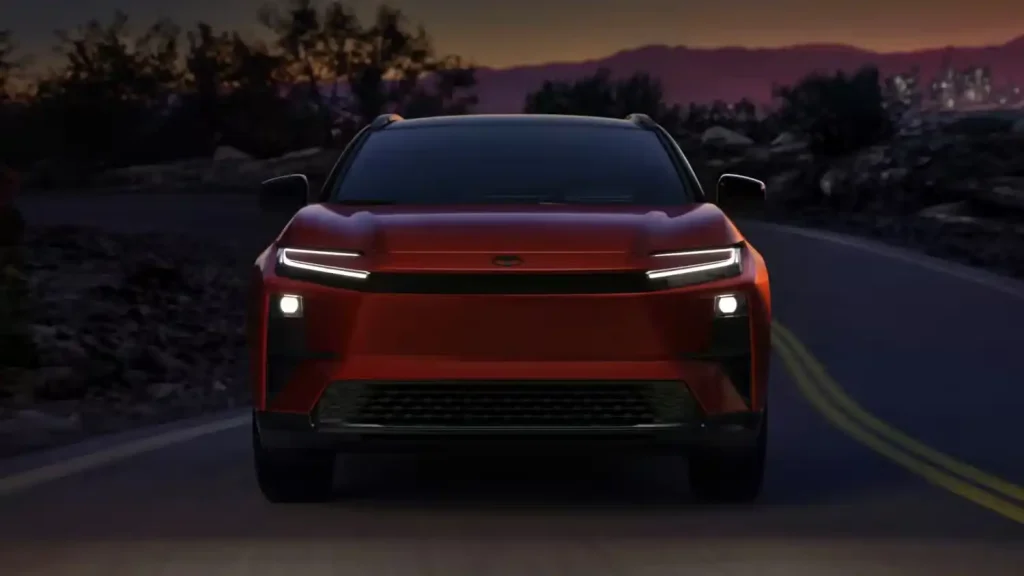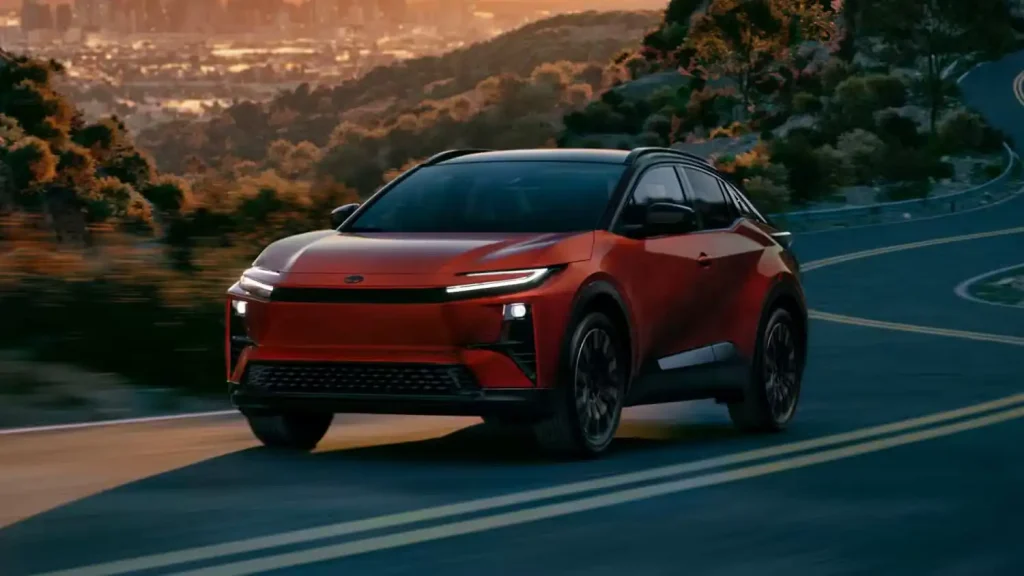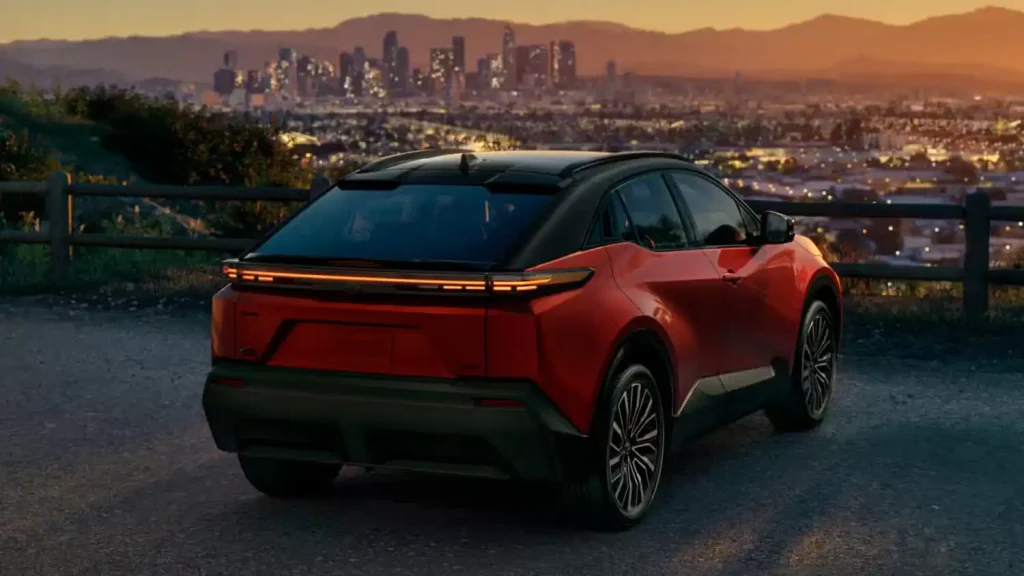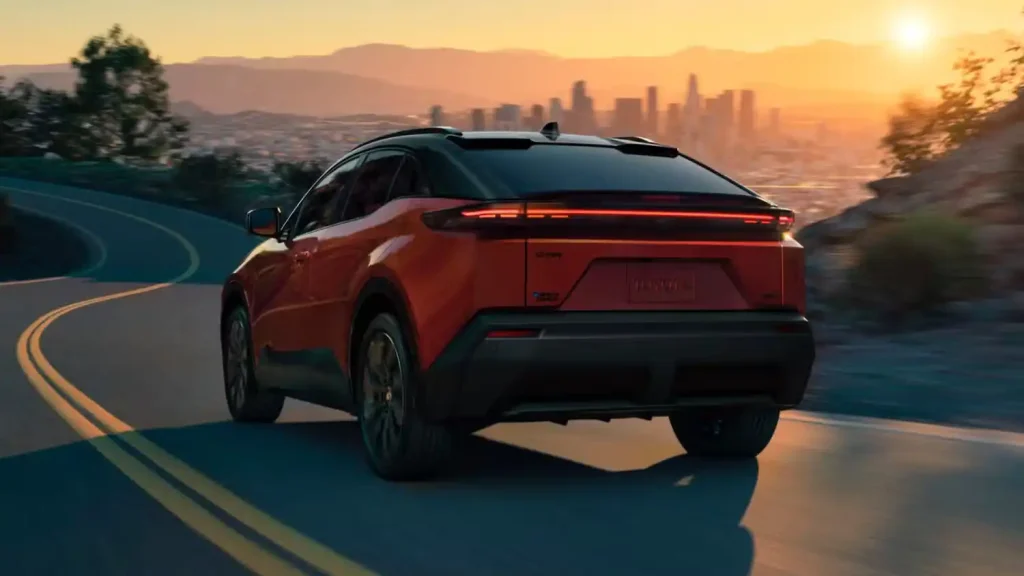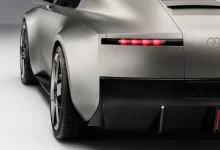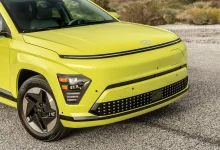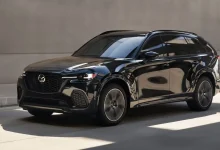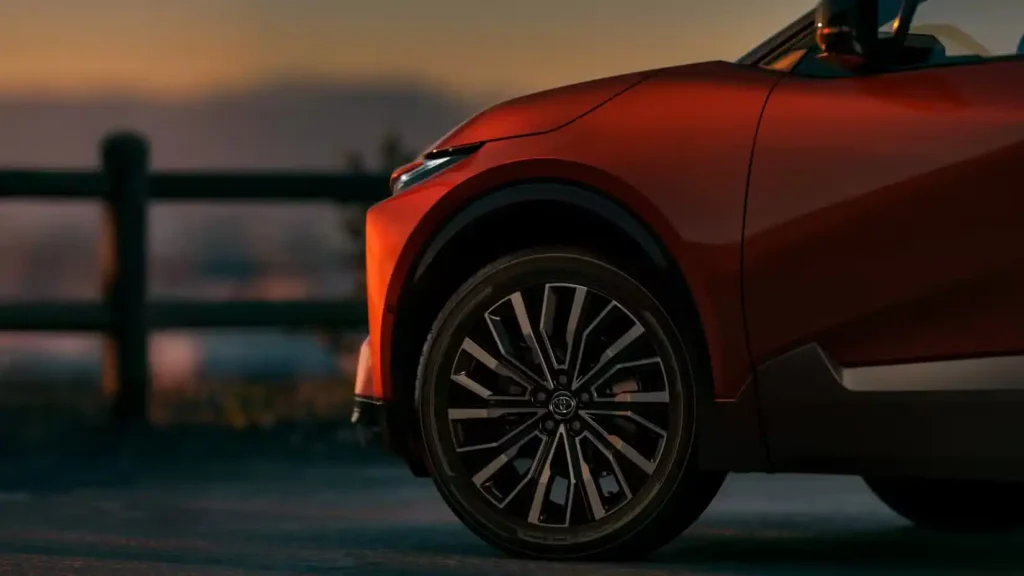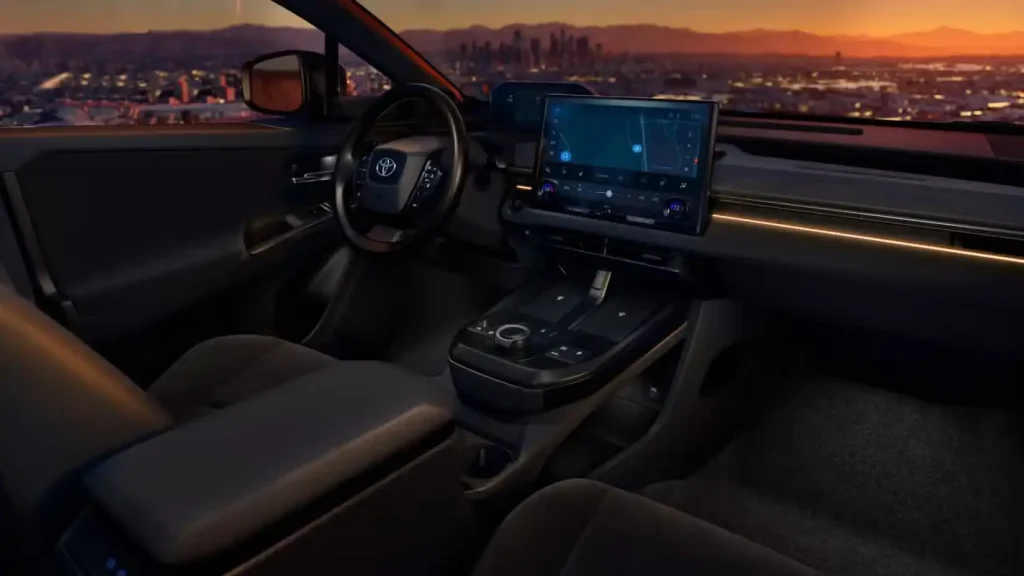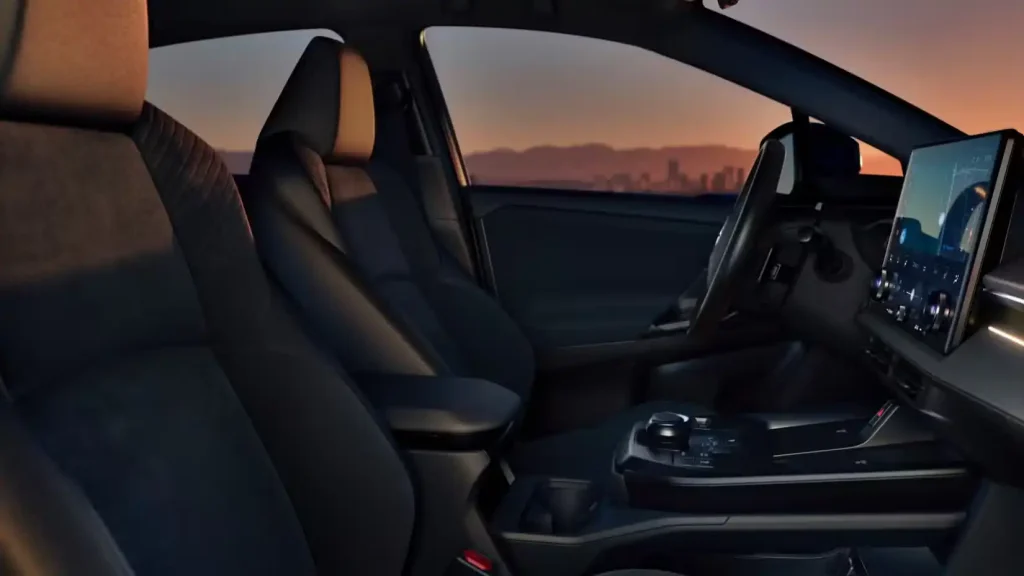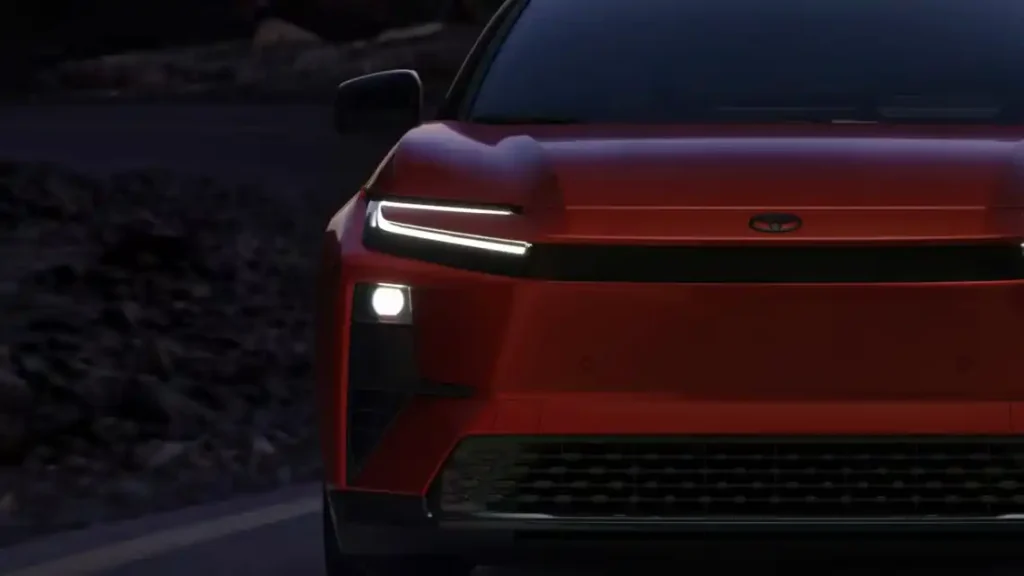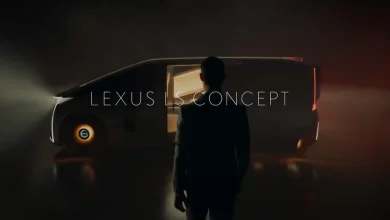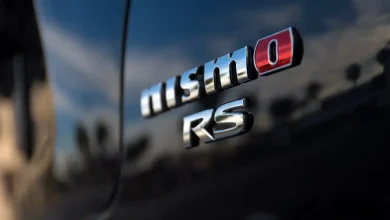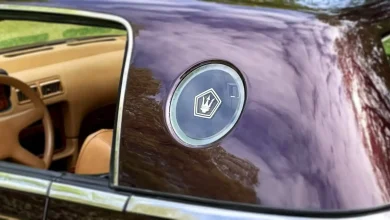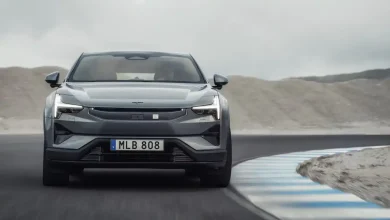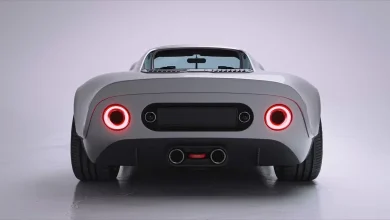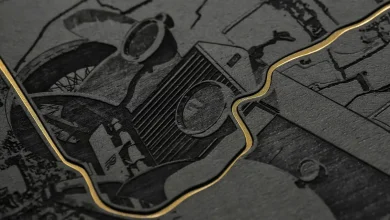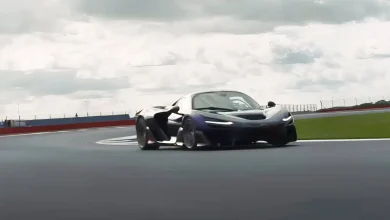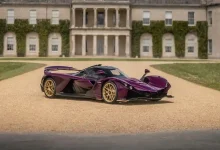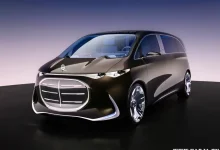Toyota Smallest SUV Makes a Comeback in 2026 with Electric Power
Toyota has been making waves this month with a series of exciting vehicle updates, but its latest announcement stands out as potentially the most impactful. Slated for release later this year, the 2026 Toyota C-HR marks the return of a beloved nameplate to U.S. dealerships. However, this new version of the subcompact crossover is distinct from its predecessor. Now exclusively available as an electric vehicle, the redesigned C-HR, which has already been introduced for global markets, presents a sporty and stylish EV option. This will provide Toyota buyers with a more dynamic choice compared to the recently refreshed bZ lineup.
The C-HR Shows Off Its Stylish New Look
The previous Toyota C-HR was known for its unique and somewhat quirky design, featuring frog-like proportions and large headlights that extended across nearly the entire front fender. While the design had a distinct personality, it received mixed reviews. However, the 2026 model takes a more refined approach, offering a more universally appealing look without sacrificing its charm. The fastback silhouette remains, but this new C-HR showcases sharper, more defined lines compared to the curvier, rounder shape of its predecessor. The front end draws some inspiration from the 2026 bZ, with angular LED daytime running lights and headlights mounted on the bumper, yet it feels more at home on the smaller C-HR due to its purpose-built design. The rear of the vehicle is equally impressive, featuring full-width taillights that evoke a retro aesthetic, reminiscent of punch-card computer designs from the 1960s.
While the previous C-HR was undeniably unique on the road, the new model adopts a design that feels somewhat more familiar. The elevated beltline and black-painted roof give it a resemblance to vehicles like the Lexus RX or the previous-generation Nissan Murano. Additionally, the front-end design seems to borrow heavily from the Toyota Prius, rather than setting a completely original course. These comparisons aren’t inherently negative, but they do highlight that the C-HR EV lacks the unmistakable character of its gas-powered predecessor.
Power and Personality in Toyota’s Latest EV
In contrast to the Toyota bZ, the 2026 C-HR will come standard with dual motors and a large-capacity battery. Each version of the new C-HR will feature a 74.7-kilowatt-hour lithium-ion battery, providing an estimated range of about 290 miles. This is a significant upgrade compared to the bZ, which starts with a 57.7-kWh battery alongside an optional larger unit. The C-HR’s dual motors generate a combined 338 horsepower, putting it on par with the all-wheel-drive bZ, which offers front-wheel-drive variants with 168 and 221 horsepower for those who don’t require as much power. These specifications suggest that the C-HR is positioning itself as a more premium option within Toyota’s electric lineup, a shift away from its previous role as an affordable, spunky entry-level crossover.
The 2026 C-HR is certainly set to deliver the quick performance expected of a nimble, energetic vehicle. Toyota estimates that the C-HR will accelerate to 60 miles per hour in approximately 5 seconds, and it’s likely to be quicker than its bZ counterpart (which is quoted at 4.9 seconds) due to its smaller size and lower stance. In terms of dimensions, the C-HR measures 177.9 inches in length and 73.6 inches in width, making it 6.7 inches shorter and 0.3 inches wider than the bZ. Its 108.3-inch wheelbase is 3.9 inches shorter than the larger EV, and with a 1.2-inch-lower roofline, the C-HR exudes a sportier, more grounded look. The result is a vehicle that not only looks more dynamic but also carries a sense of fun with its squat, planted appearance.
The Latest in Cabin, Safety, and Charging Technology
The interior of the 2026 Toyota C-HR bears a resemblance to the bZ, featuring the same 14.0-inch touchscreen and Toyota’s innovative high-mounted instrument cluster. The center stack of the C-HR also includes twin wireless charging pads, although the design of the console itself is more angular compared to the bZ. The dashboard boasts more intricate trim details, enhanced by prominent ambient lighting and a minimalist design that gives the cabin an open and modern feel. Available in SE and XSE trims, the C-HR also offers sporty front bucket seats, with the base model featuring upholstery in a mix of cloth and SofTex faux leather, while the flagship trim upgrades to synthetic suede and SofTex for a more luxurious feel.
As is typical for a modern vehicle, the 2026 Toyota C-HR is equipped with a wide range of active safety and driver-assist features through Toyota Safety Sense 3.0. Among these are lane centering and tracing assistance, along with full-speed adaptive cruise control, which help reduce driver fatigue during long drives or in heavy traffic. Both trims come standard with blind spot monitoring for added peace of mind. If you opt for the XSE trim, you’ll also gain access to Traffic Jam Assist, a system that enables hands-free, supervised driving at speeds below 25 mph.
The 2026 Toyota C-HR also brings advanced technology to the charging experience. It joins a growing number of electric vehicles to come standard with a North American Charging Standard (NACS) port, enabling access to select Tesla Superchargers and a rapidly expanding network of public charging stations. While Toyota hasn’t confirmed the exact charging speeds for the U.S. model, its European counterpart—the C-HR+, which distinguishes itself from the second-generation internal-combustion C-HR—supports 150-kilowatt DC fast charging.
Coming Soon to a Toyota Dealer Near You
The 2026 Toyota C-HR is set to hit American showrooms next year, likely around January or February. While official pricing has yet to be announced, we can make some educated guesses. Given that the pre-update, 214-horsepower, dual-motor bZ4X starts at $40,545 (including destination charges), it’s reasonable to expect the C-HR to be priced similarly, if not slightly higher, due to its increased power, sporty design, and enhanced interior technology. Additionally, since the C-HR won’t offer a single-motor or smaller battery option like the 2026 bZ, it will likely come in at a higher starting price than its larger sibling. Both the bZ and the C-HR mark significant improvements over the previously underwhelming bZ4X, so the expanded options should be a positive development for EV buyers.
